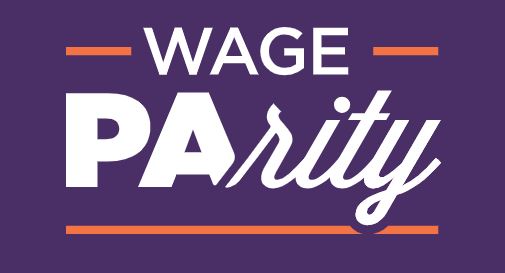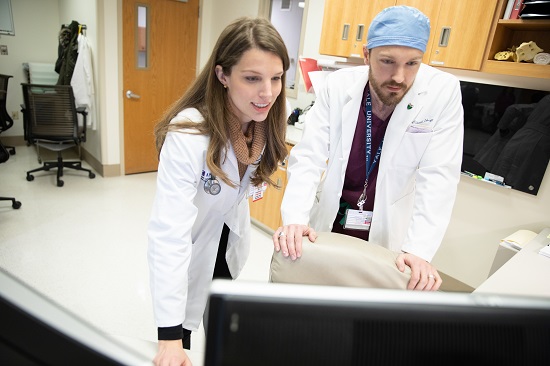Wage Parity for PAs Remains a Goal in 2019
The 2018 median total compensation of full-time female PAs was $13,380 less than for males. Full-time female PAs were also less likely than male PAs to receive a bonus. These disparities are present in every specialty for all levels of experience.
July 31, 2019



